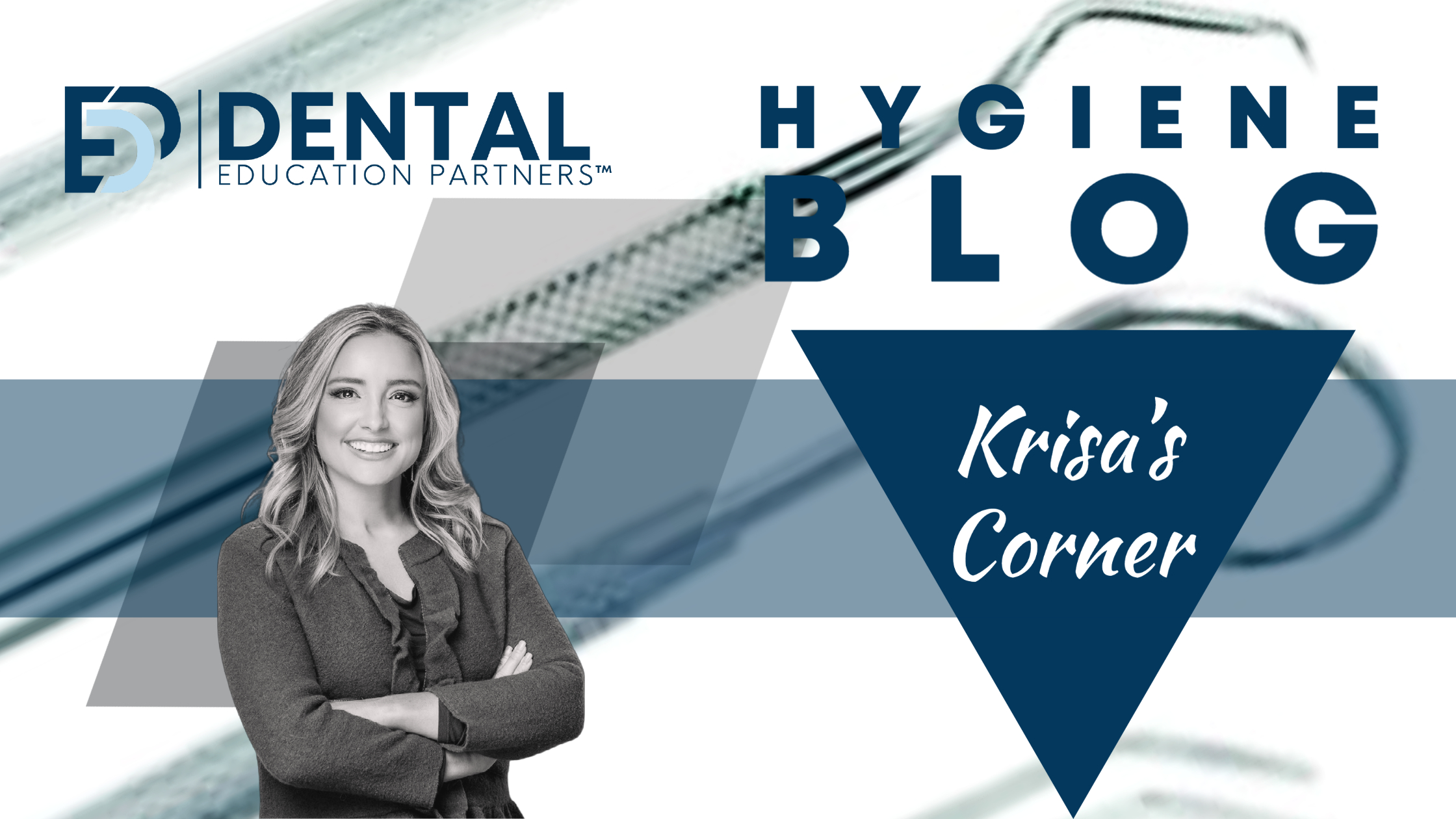An alarming 58,500 Americans will be diagnosed with oral or oropharyngeal cancer this year. It will amount to over 12,250 deaths, killing roughly one person per hour. Of those 58,500 newly diagnosed individuals, only slightly more than half will be alive in 5 years. (Approximately 57%) This is a number that has not significantly improved in decades. 1HPV16 related oral cancers are more vulnerable to existing treatment modalities, resulting in a significant survival advantage if caught early.1HPV is thought to cause about 70% of all Oropharyngeal cancers, which consists of the tonsils, the back one-third base of the tongue, the soft palate, and the posterior pharyngeal wall.2
Most oral cancers are not detectable until their later stage of development, which makes them hard to find. This is why performing oral cancer screenings and a detailed assessment of the patient’s medical history once annually, is critical. Knowing the signs and symptoms will also help us identify oral cancer at an earlier stage, ultimately leading to a higher survival rate.
Before you start your oral cancer examination, gather a thorough medical history assessment, such as smoking history and alcohol consumption. 90% of oral cancer is due to smoking, and white males are at most significant risk.
According to the ADA, the first step to a thorough oral cancer examination is to do an extraoral examination to observe if there are any suspicious lesions following the American Cancer Society’s ABCDE rule:
- Asymmetry
- Border irregularity
- Color changes
- Diameter greater than 6mm
- Evolution of the lesion over time
Next, lay the patient back and palpate the lymph nodes on both sides. Observe the face and lips for any contour, consistency, function, and color changes.
Lastly, the intraoral exam, entails the dentist retracting the patient’s cheeks with their thumbs, using a mirror to examine the gingiva and alveolar process, and carefully observe for any unusual growths, lumps or lesions. The patient should also be asked if they have noticed new lesions that haven’t healed. The dentist should then palpate the floor of the patient’s mouth and use gauze to check the tongue’s lateral, ventral, and dorsal surfaces. It’s worth noting that most oral cancers are found on the posterior lateral borders of the tongue. The dentist should also examine the hard and soft palate for any lesions and ensure that the tonsils are symmetrical. If one tonsil is significantly larger than the other, it could potentially be a sign of oral cancer.
Symptoms of oral cancer should be noted:
- Hoarseness
- Lesions that don’t heal within two weeks
- Trouble swallowing
- Unilateral ear pain
- Numbness or tenderness in the face or mouth
- Painless mass
- Scabs or rough spots on the tongue
- Red or white patches
By adhering to your systematic examination protocols and remaining vigilant for potential symptoms and oral presentations, dental professionals can enhance the likelihood of detecting oral cancer at its nascent stage, thereby significantly improving patient outcomes.
- Oral cancer facts. Rates of occurrence in the United States. The Oral Cancer Foundation. https://oralcancerfoundation.org/facts/
- HPV and Oropharyngeal Cancer | CDC. (2023, September 12). Www.cdc.gov. https://www.cdc.gov/cancer/hpv/basic_info/hpv_oropharyngeal.htm#:~:text=HPV%20is%20thought%20to%20cause%2070%25
- how%20to%20perform%20the%20perfect%20oral%20cancer%20screening – Search Videos. (n.d.). Www.bing.com. Retrieved March 26, 2024, from https://www.bing.com/videos/riverview/relatedvideo?q=how%20to%20perform%20the%20perfect%20oral%20cancer%20screening&mid=DBC8A740ACCAA612FA29DBC8A740ACCAA612FA29&ajaxhist=0.


